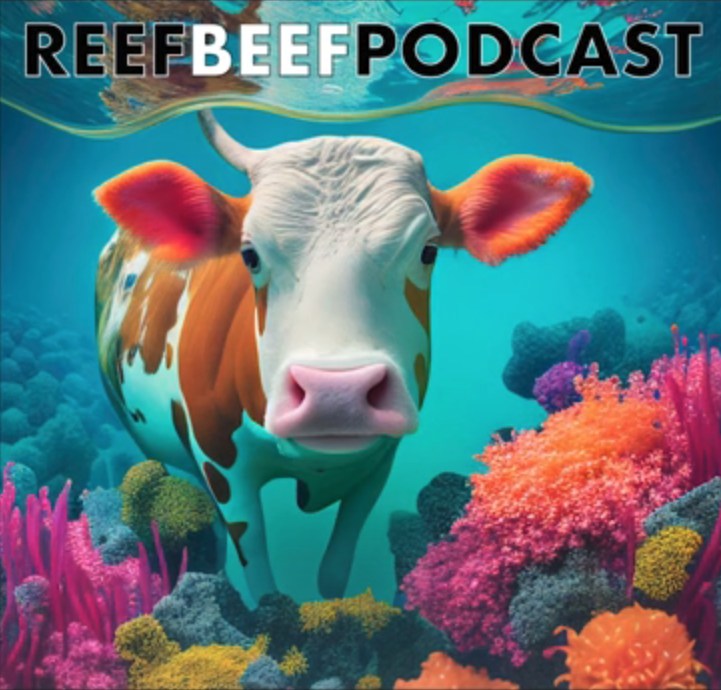From Reefbuilders
http://vimeo.com/45446417
Metasepia pfefferi is an amazing species of flamboyant cuttlefish and I have recently had the opportunity to obtain multiple specimens of this species for the first time in 8 years. These flamboyant cuttlefish wasted little time getting on with mating, and with a little luck we’ll get to observe egg laying – and with a lot of luck egg hatching. I am incredibly excited about this video – you can see the males hectocotylus near the end of the vid! Currently, the Steinhart Aquarium has one Flamboyant on display and several more ‘off show’ for a breeding attempt. Before people rush out and try to obtain these guys, please remember that like all adult cuttles, they ship poorly. What does that actually mean? 80-100% DOA or DAA for animals that retail in the 300 to 600 dollar range. Furthermore, since they have a short lifespan (12 months or so) getting adults means that your time with them is going to be to short.
Metasepia are astonishing little animals found primarily in muck habitats. These vast, rolling underwater plains of settled silt and mud appear desolate at first glance, but are in fact populated by an unexpectedly large number of strange animals including frogfish, ghost pipefish and a stunning array of nudibranchs. Fitting right in with these odd neighbors, the Flamboyant Cuttle is normally a master of camouflage blending in completely while walking along the grey substrate. When startled, however, those previously subdued colors change to bright purples, reds, yellows and whites. The colors shine out in coruscating patterns along the animal’s body probably to indicate the animals toxicity. The idea of keeping the more exotic cephs has generated much discussion in cephalopod circles, mostly because the size and health of their wild populations is unknown (and, at least in areas collected the populations seem to suffer). Even the sharing of information, photos or video of these animals in captivity can be controversial as some fear that detailed information and attractive photos and video may encourage inexperienced saltwater aquarists to obtain specimens and encourage over-collection, perhaps impacting the ability of wild populations to recover.
Personally, I believe that the admiration of a species can be of benefit to its preservation in the wild rather than its detriment. My hope is that the open sharing of information empowers aquarists to make sound, rational decisions regarding the advisability of keeping and not keeping these animals. In other words, keeping Metasepia is not something that should be entered into on a whim and even experienced cephalopod keepers with mature tanks should think long and hard before trying to obtain this species. Their needs are resource intensive, expensive, and not yet fully understood, so at this point in our understanding of these animals getting one just because ’its cool’ seems to be a disservice to these incredible creatures. Hopefully, captive bred Flamboyants will be available, but until then enjoy the video.
